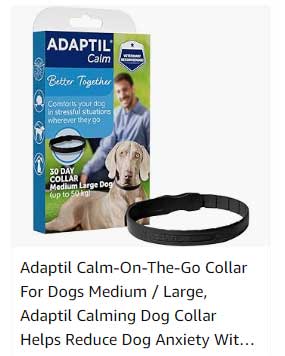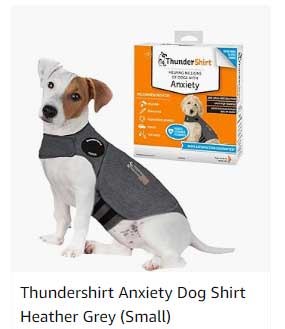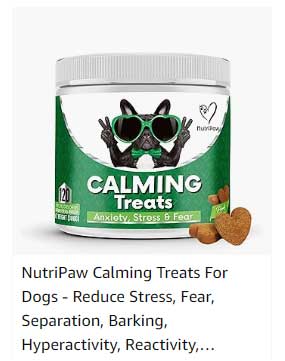We all want our furry friends to feel safe and comfortable in our homes, especially at bedtime.
However, many dogs experience anxiety when it’s time to settle down for the night.
Understanding this behavior is crucial for helping our beloved pets feel at ease.
The Nature of Dog Anxiety
Dog anxiety can manifest in various forms, and bedtime can often trigger heightened feelings of distress.
Common signs of anxiety include excessive barking, whining, pacing, or even destructive behavior.
For some dogs, the evening hours—or the transition from a busy day to nighttime—can evoke stress, fear, or uncertainty.
Several factors can contribute to this anxiety.
One reason might be past experiences, such as having been abandoned or experiencing trauma.
In addition, changes in routine—like moving to a new home, the absence of a family member, or even a new baby in the household—can upset your dog’s sense of security.
Why Bedtime Triggers Anxiety
Bedtime is a time when the household quiets down, and this sudden drop in energy can be unsettling for some dogs.
Here are a few reasons why your dog may feel anxious when going to bed:
1. Separation Anxiety:
Dogs are social animals and may feel anxious when separated from their owners.
The transition of you going to bed while they remain downstairs or in another room could increase feelings of loneliness or insecurity.
2. Environmental Changes:
Dogs have keen senses, and nighttime brings different sounds and scents that may frighten them.
Unfamiliar noises like creaking floors, wind howling, or distant sirens can all create an anxious atmosphere.
3. Lack of Routine:
Dogs thrive on routine, and if their evening routine changes—for instance, if they aren’t getting their usual evening walk or playtime—they may feel unsettled when it’s time for bed.
4. Fear and Phobias:
Just like humans, dogs can develop fears or phobias.
Common examples include fear of thunderstorms, fireworks, or other loud noises that often occur in the evening.
How to Help Your Dog Feel Secure at Bedtime
Fortunately, there are several strategies you can implement to help your dog feel more at ease when it’s time to sleep.
1. Create a Comfortable Sleep Environment:
Ensure that your dog has a designated sleeping area that is quiet, cozy, and free from disturbances.
Incorporating their favorite blanket or toy can offer comfort.
2. Establish a Consistent Routine:
Dogs thrive on predictability. Establish a bedtime routine that includes a final walk, some cuddle time, or a calming activity that signals to your dog that it’s time for bed.
3. Provide a Safe Space:
Some dogs find comfort in a crate.
If your dog is crate-trained, consider leaving the crate door open so they can retreat to their safe space when needed.
4. Calm Them with Sound:
Soft music or white noise machines can drown out frightening environmental sounds while providing a calming effect.
There are even playlists specifically designed for dog relaxation.
5. Consider Natural Supplements:
Some pet owners find that natural supplements such as CBD oil or calming pheromone diffusers can help soothe their pets’ anxiety.
Always consult with your veterinarian before introducing new products.
6. Professional Help:
If your dog’s anxiety is severe or persistent, you might want to consider seeking advice from a veterinarian or a professional dog trainer.
They can help assess the situation and offer tailored solutions.
7. Patience and Understanding:
Above all, patience is key.
Understand that your dog’s anxiety won’t disappear overnight, but with consistent efforts, you can help them feel more secure.
Conclusion
Dog anxiety at bedtime is a common issue that many pet owners face.
Recognizing the signs and understanding the underlying causes can help you create an environment that fosters safety and security.
With love, patience, and the right strategies, you can ensure that both you and your furry companion enjoy peaceful nights together.
Remember, a calm dog leads to a calm home, making bedtime a positive experience for everyone involved.










